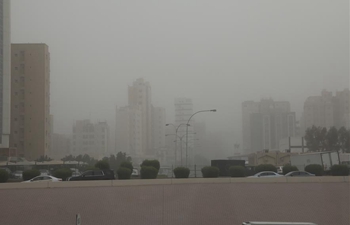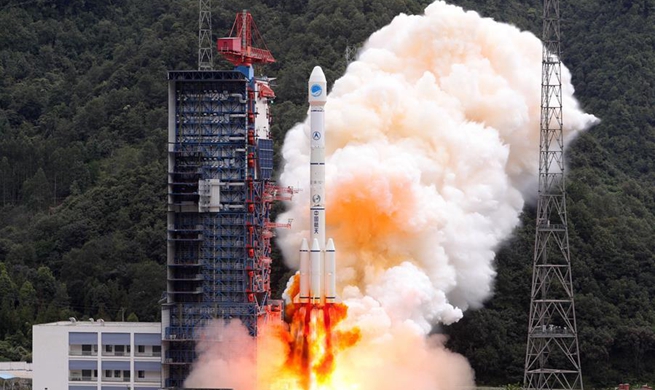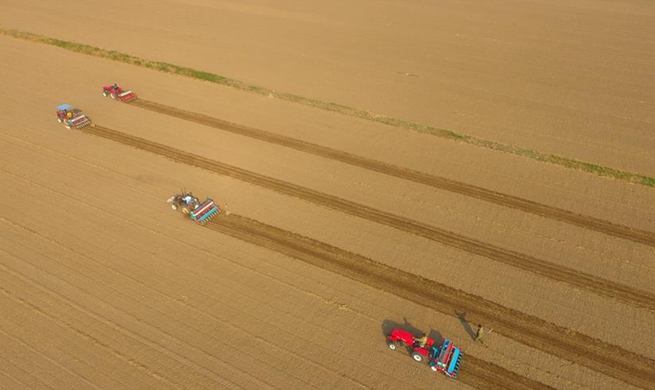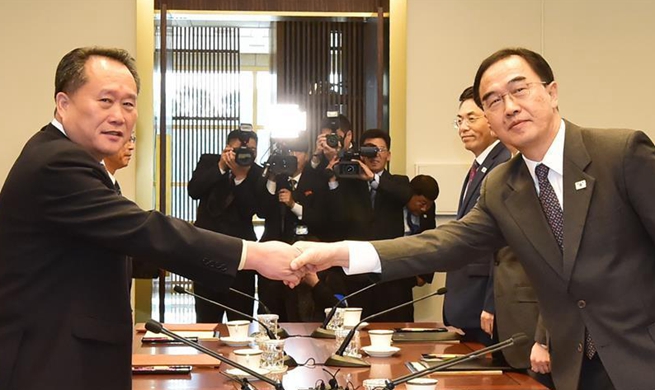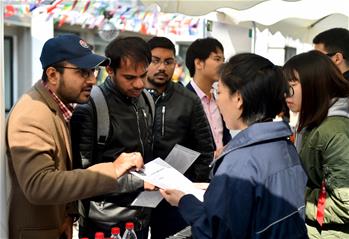CHICAGO, Oct. 15 (Xinhua) -- Robust environmental monitoring should be used as the world approaches global eradication of polio, University of Michigan (UM) researchers suggest.
UM researchers' analysis is scheduled to be published in the October issue of PNAS.
Even the world is at the brink of polio eradication, silent transmission of wild-type and vaccine-derived polioviruses are expected to continue sporadically.
The researchers found that a substantial proportion of children under 10 were likely infected over the course of the outbreak. As these infections did not result in paralysis, this type of outbreak is termed "silent." Silent transmission is of concern because it can lead to paralytic cases if left undetected and uncontrolled.
"Environmental surveillance is particularly useful for detecting silent circulation of the disease," said first author Andrew Brouwer, a research investigator in epidemiology at the UM School of Public Health. "Because paralytic polio only occurs in a small fraction of infections, and that fraction is shrinking as vaccination improves, standard surveillance of paralytic cases will not be sensitive enough to trigger the fast and robust responses needed."
To look into the case, UM researchers developed an analytical method to estimate the epidemic trajectories from sewage data.
"Beyond polio, environmental surveillance of pathogens coupled with our method to estimate epidemic curves is a powerful public health surveillance tool to improve our control of infectious diseases," Brouwer said.






